Panamanian Flower Butterfly Coffee Bean Taste and Flavor describe the regional price and cooking process of the variety
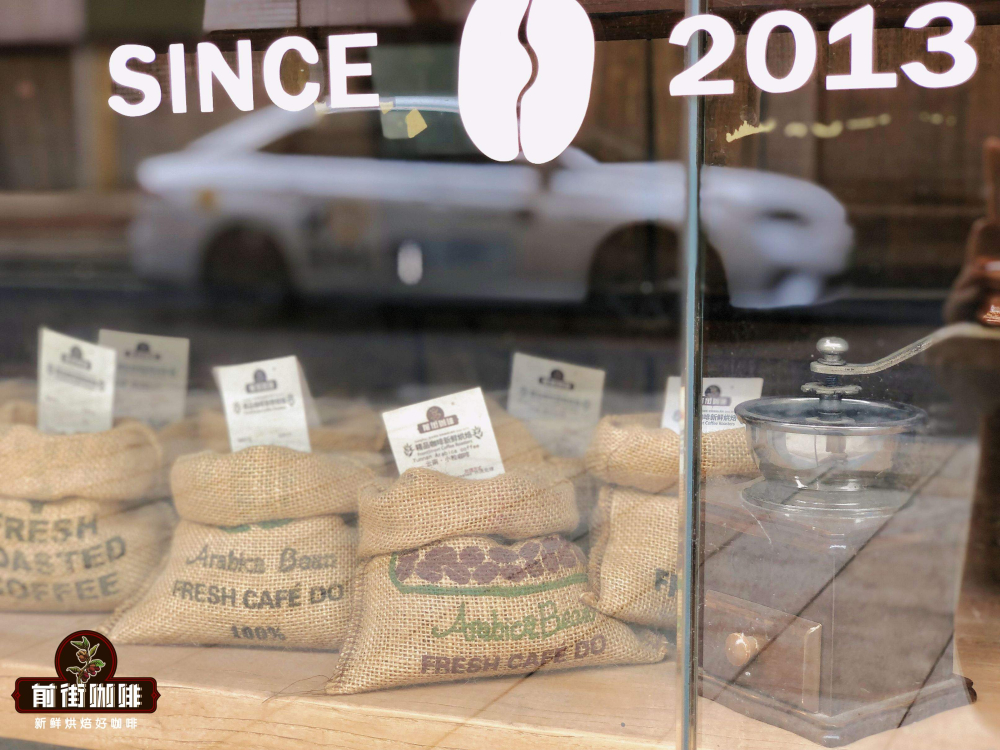
In the past, the top coffee beans were mainly Blue Mountain and Kona. With the changes of the times, the boutique coffee pursued by everyone has a stronger flower and fruit aroma and a more fresh taste. Rosy summer coffee beans also succeeded in forcing Blue Mountain and Kona off the altar as a new generation of top coffee beans, and the price of Rosa coffee beans became higher and higher, and the auction price of its raw beans broke the record the year before last. Even so, friends are still swearing in their hearts, but their bodies sincerely pay their pockets for the fragrance of a rosy summer coffee.
Rosa Coffee originated in Ethiopia but became famous in Panama. In the 1930s, the rose summer coffee variety was discovered in the Rosa Forest and then sent to the Kenya National Coffee Institute, after several turns to Uganda and Tanzania, and in 1953 to the CATIE Agricultural Research Institute in Costa Rica and was numbered T2722. It was introduced to Panama in the 1970s. After decades of keeping a low profile, the Emerald Manor of Panama sent Rose Summer Coffee to the Panamanian Best Competition (BOP,Best of Panama), which stood out in 2003, won the championship in 2004 and set an auction price for raw beans. Since then, Rose Summer Coffee has gained popularity and its popularity continues to rise.
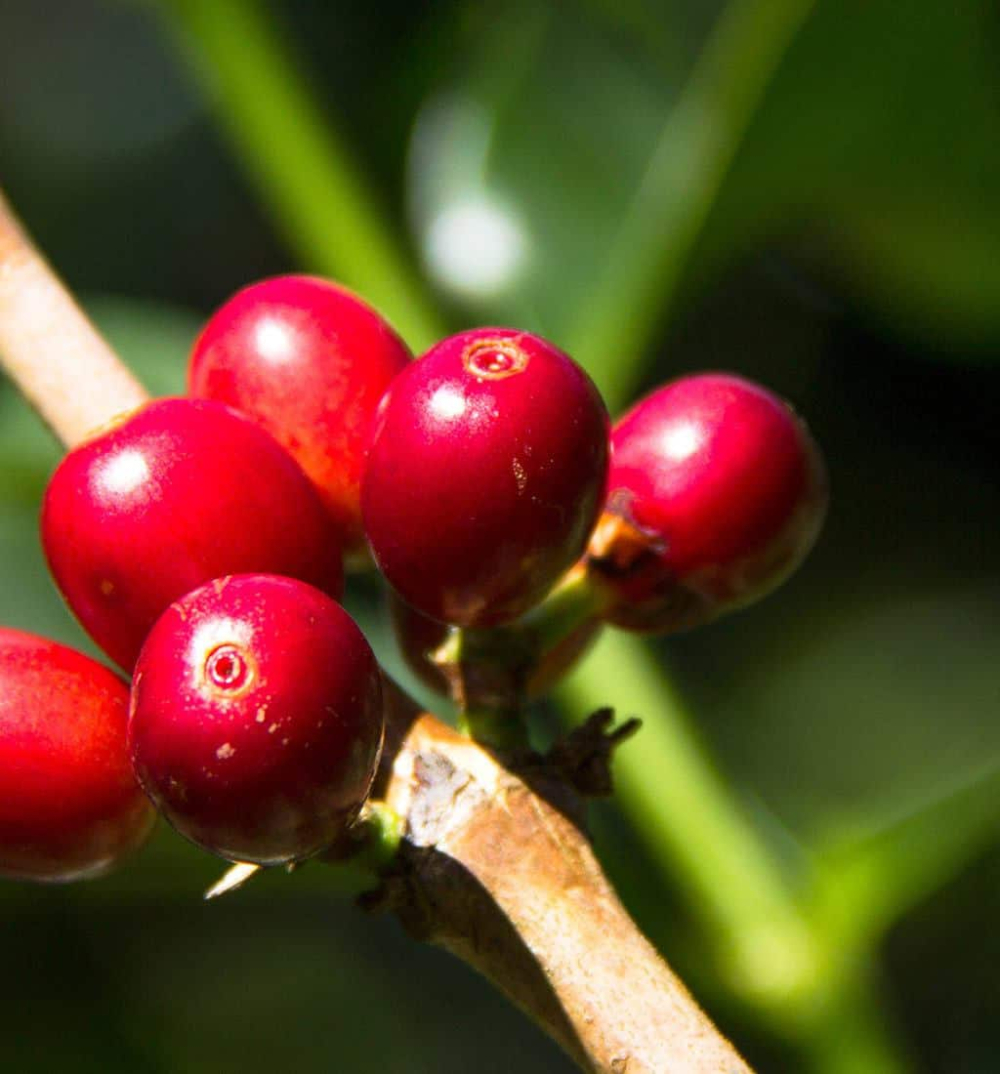
Panama is a Central American country bordered by Costa Rica to the west and Colombia to the east. Anyone who knows anything about individual coffee should know that Panamanian coffee is famous in the coffee world as the geisha Geisha (the name of Rosa) in the Emerald Manor. It can be said that it is a country that strives for excellence in coffee and is rich in high-quality coffee.
Because the flavor of Rosa coffee is so unique that it seems to come from heaven, in order to avoid Rosa stealing the limelight from other varieties of coffee beans, BOP specially divides coffee beans into two groups: Rosa group and non-Rosa group.
Although it is mentioned that the top rose summer coffee, everyone will recognize such as Jade Manor, Deborah Manor, Alida Manor and other brand names. The rosy summer coffee beans purchased on Qianjie Street are also from different producing areas, such as Bolivia, Colombia, Costa Rica and so on. As we all know, the rosy summer coffee beans in top estates are so expensive that they can barely be tasted once in a while; if they are only used as one cup a day and exist as rations, their pockets cannot afford it.
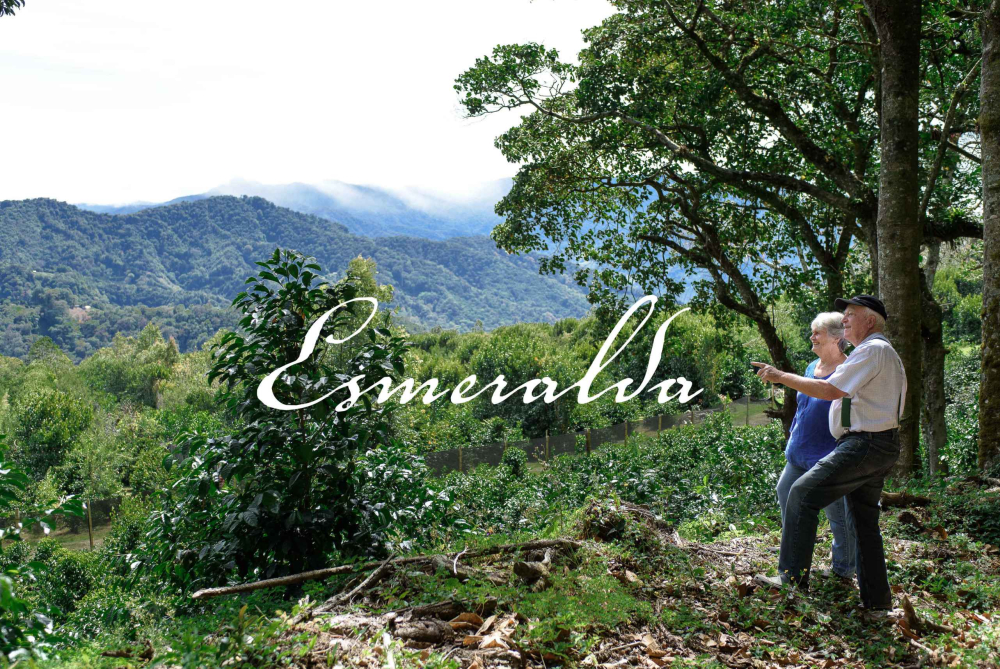
If you pay attention to the front street coffee bean list, you will find that the front street offers a super-cost-effective Panamanian rose summer coffee bean, which also has a very beautiful name-Flower Butterfly.

Front Street Coffee Panama Sunflower Butterfly Coffee beans
Producing area: Pokuit producing area of Panama
Altitude: 1600 m
Varieties: 70% Rosa, Kaddura, Kaduai
Treatment method: solarization treatment
The Pokuit producing area of Panama is quite famous, which is located near the border between Panama and Costa Rica, close to the famous Baru Baru volcano, the scenery is beautiful, the soil is rich and fertile, the climate and soil are very suitable for producing quality coffee, and there are many excellent estates such as Emerald Manor, Alida Manor, Catova Duncan Manor and so on. It can be seen that Panama Pokuit has superior ecological conditions and fertile planting soil.
Another important factor is that the microclimate in the Poquet Heights of Panama is a unique and important resource for boutique coffee in the Pokuit region. This is the Panamanian environment from east to west that allows cold air to converge above 6500 feet through the Central Mountains, thus creating a variety of microclimates in the Pokuit region, making its temperature and rainfall very suitable for plant growth. so the coffee trees grown here grow very well.
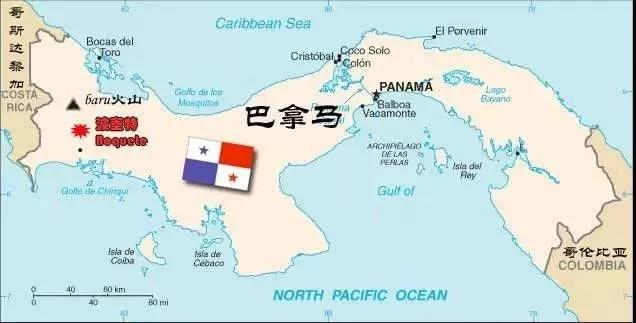
Panamanian rosy summer coffee is so famous that many friends ignore the existence of other coffee varieties. In fact, Pokuit, Panama, with these unique conditions, its coffee flavor is very unique. The Flower Butterfly Coffee beans in Qianjie have 70% high-quality Rosa pedigree, which is composed of Rosa geisha, Kaddura Caturra and Kaduai Catuai. They are planted in the Baru volcano area of Pokuit and grow in the volcanic area at an altitude of 1600 meters. The treatment plant uses fine washing treatment. The special local microclimate of Panama leads to abundant rainfall in this area and a large temperature difference between day and night. Coupled with the unique volcanic soil in the volcanic area, as well as meticulous harvesting and fine treatment, this coffee performs well in terms of richness, acidity and floral aroma.
Bees are also raised in the place where this flower butterfly coffee is grown, and wild butterflies can be seen everywhere and surround the mountains. What is even more surprising is that on the basis of excellent quality, the price of this flower butterfly coffee bean is very close to the people, which can be described as a performance-to-price ratio. It contains 70% of Rosa varieties, making this coffee bean have a very obvious flavor of Rosa coffee.
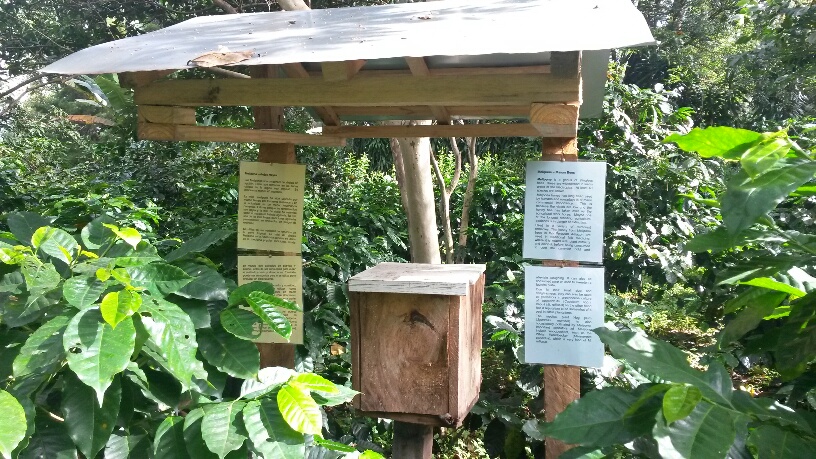
Some friends who are not very clear about the concept of individual coffee may wonder: is the flower butterfly a mix of beans? Due to the historical reasons of the manor, at that time, in order to pursue yield, the early Rosa varieties were mixed with Kaddura and Kaduai coffee trees, and coffee farmers later subdivided three varieties in order to facilitate picking. at the time of export, the three varieties are mixed directly to achieve the mellow flavor that you want to express.
Some friends concluded that they were not single beans when they saw that there were three varieties in the variety column. Here, it should be noted that the three varieties of Flower Butterfly Coffee beans are grown in the same place, so Flower Butterfly is still a single coffee bean even if it is made up of three coffee varieties.
Panamanian rose summer coffee has a clear floral flavor, honey-like sweetness, and citrus tone. In order to highlight the above characteristics, the roasters of Qianjie coffee adopt medium-shallow roasting to shorten the time of Maillard reaction of beans. Run a faster curve. Due to the high density and high hardness of beans, they began to be dehydrated by high fire, and before the explosion, the fire was put down to reduce the temperature rise and enter the explosion, so as to retain the loss of small molecules such as the fragrance of flowers, so that it does not destroy the unique fragrance of flowers, caramel and honey.
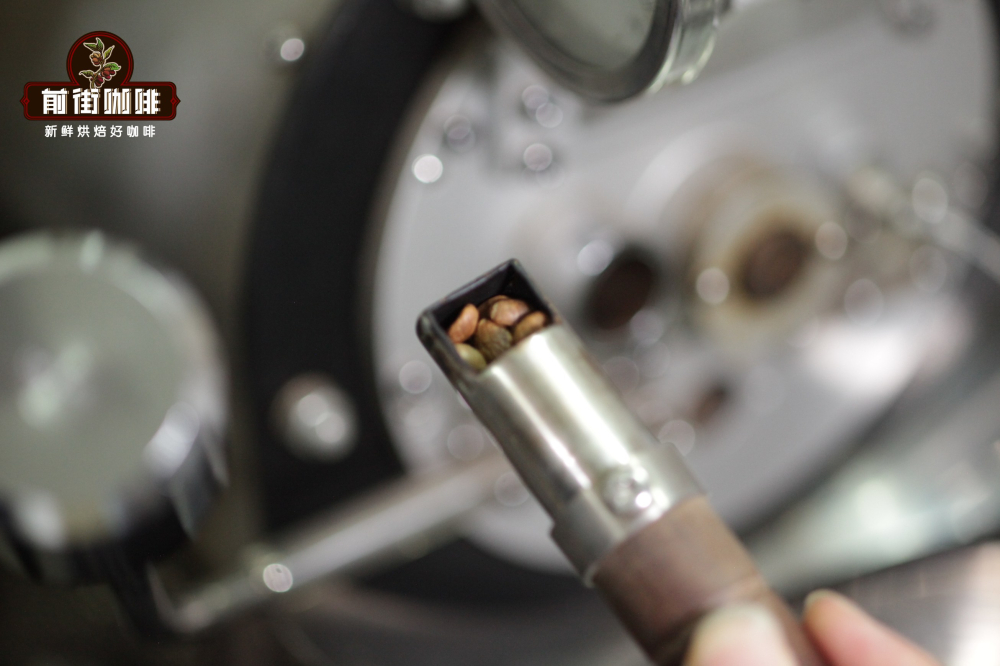
When brewing this butterfly coffee bean, Qianjie recommends using a V60 filter cup, a water temperature of 92 degrees Celsius and a medium and fine grinding degree.
Filter cup: Hario V60
Water temperature: 92 degrees Celsius
Amount of powder: 15g
Ratio of powder to water: 1:15
Grinding degree: the pass rate of Chinese standard No. 20 screen is 80%.

First wet the coffee powder completely with 30 grams of water and steam it for 30 seconds, pour in a small water flow from the central point and slowly circle to 125 grams, and wait for the water level in the filter cup to drop to 225 grams. The total extraction time is about 2 minutes.
For more information about coffee beans, please follow the coffee workshop (Wechat official account cafe_style) and exchange professional coffee knowledge. Please add Wechat account kaixinguoguo0925.
Important Notice :
前街咖啡 FrontStreet Coffee has moved to new addredd:
FrontStreet Coffee Address: 315,Donghua East Road,GuangZhou
Tel:020 38364473
- Prev
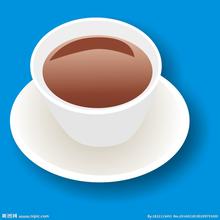
Introduction to the varieties of El Salvador Pacamara Coffee Bean
El Salvador Pacamara Coffee Bean characteristics and Flavor description Taste Manor varieties are classified according to altitude, the highest is SHG: (1 feet = 0.3048 m) SHG,strictly high grown,3950 feet (about 1200m); HG, high grown, 2950 feet (about 899m); CS, central standard, 1960
- Next

Introduction to the variety treatment method of grinding scale for flavor description of coffee beans in Honduras
Honduran coffee bean flavor description grinding scale variety treatment method introduces two kinds of very good quality coffee produced in Honduras, one is highland coffee growing at an altitude of 1000 to 1500 meters above sea level, the other is specially selected highland coffee growing at an altitude of 1500 to 2000 meters above sea level, which represents the highest level of selected highland coffee in Honduras, most of which are exported to Honduras, the United States and Germany.
Related
- Detailed explanation of Jadeite planting Land in Panamanian Jadeite Manor introduction to the grading system of Jadeite competitive bidding, Red bid, Green bid and Rose Summer
- Story of Coffee planting in Brenka region of Costa Rica Stonehenge Manor anaerobic heavy honey treatment of flavor mouth
- What's on the barrel of Blue Mountain Coffee beans?
- Can American coffee also pull flowers? How to use hot American style to pull out a good-looking pattern?
- Can you make a cold extract with coffee beans? What is the right proportion for cold-extracted coffee formula?
- Indonesian PWN Gold Mandrine Coffee Origin Features Flavor How to Chong? Mandolin coffee is American.
- A brief introduction to the flavor characteristics of Brazilian yellow bourbon coffee beans
- What is the effect of different water quality on the flavor of cold-extracted coffee? What kind of water is best for brewing coffee?
- Why do you think of Rose Summer whenever you mention Panamanian coffee?
- Introduction to the characteristics of authentic blue mountain coffee bean producing areas? What is the CIB Coffee Authority in Jamaica?

